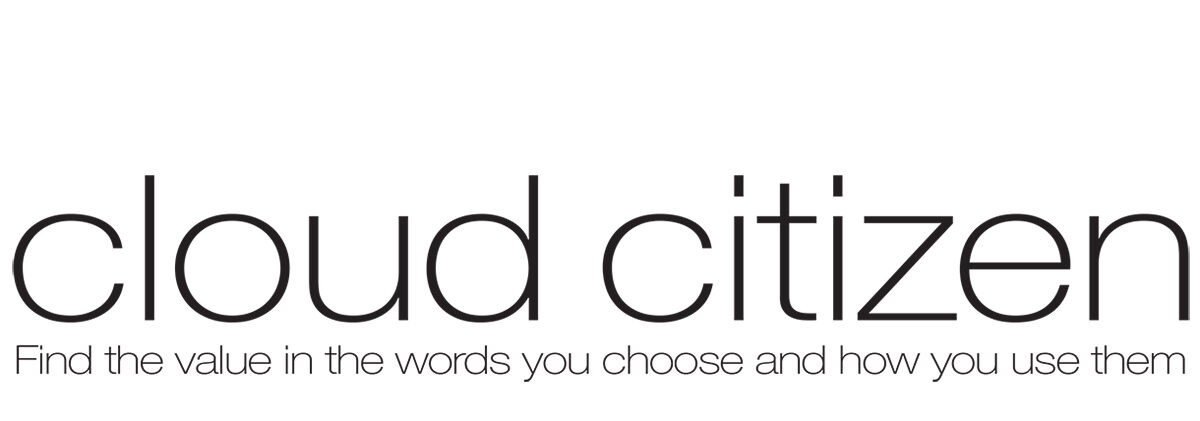
Although it is qualitative, soft data which resides in people’s heads, when it can be captured effectively, organisational knowledge – the holy grail of AI – can be mapped by using knowledge graphs.
These must have an organising principle so that a user (or a computer system) can reason about the underlying data.
Organising principles, reasoning, and knowledge discovery might seem abstract and complicated at first.
But the knowledge needed to improve the chances of generating the cleanest and most valuable AI-training data must be identified, captured and transformed.
And if the idea of building a workplace’s collective intelligence by capturing its knowledge, let alone that of a customer base, may sound chaotic and messy, it is.
Yet, making sense from a cacophony of competing voices and opinions is no different to the challenge faced by news organisations reporting around the world every day.
That is, in professional publishing there exists a highly evolved global management precedent, more than fit to address this challenge.
Once captured, knowledge graphs then become a rich index over data to provide the means of curation, much like a skilled librarian recommends books and journals to a researcher.
And getting this and what it leads to right in your business can deliver the most powerful force for organising knowledge capital ever invented.
…
As in the sidebar to the right, the menu of pieces in this series runs as follows:
Start here to build new, smarter AI-driven business productivity
How expectations held of even the best social workplace software can fall short
Challenges of mapping organisational knowledge for AI
What makes managing workplace social content different
This basic AI challenge is present in every organisation
In capturing workplace knowledge, the devil is always in the detail
The lost opportunity of poor documentation
You need a process for commissioning new material
Questions to ask when trying to create the documentation that can deliver superior AI
